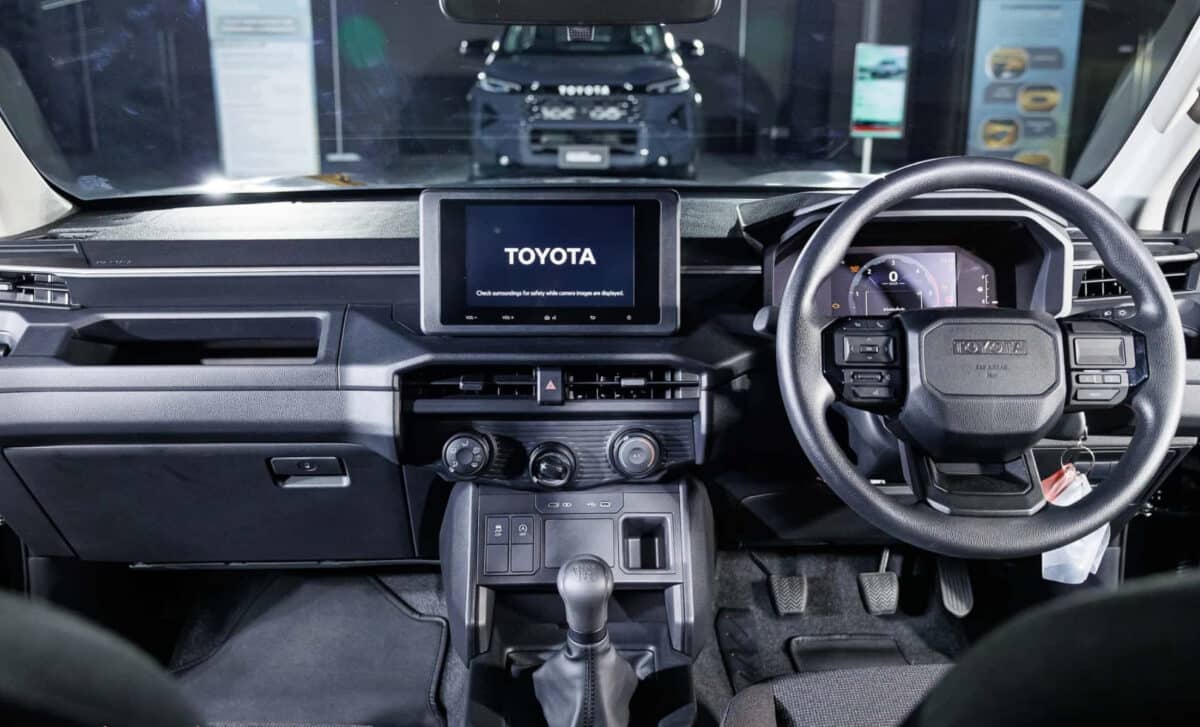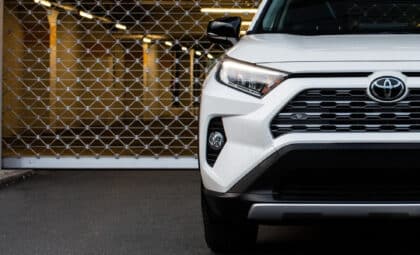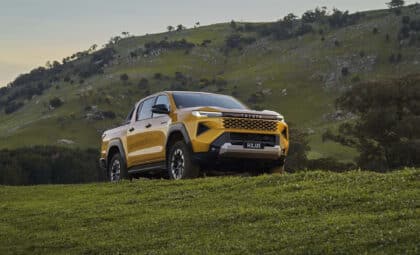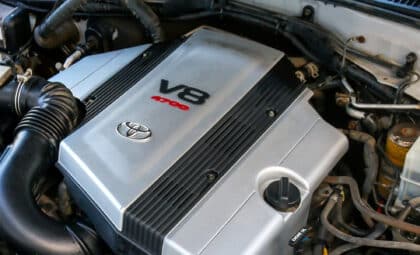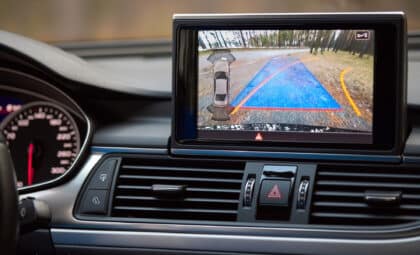In a time when digital dashboards and plush materials dominate, the 2026 Hilux base model sticks to basics: a six-speed manual transmission, hand-cranked air conditioning, and halogen headlights.
The entry-level truck targets buyers who prioritize reliability, durability, and affordability. Its straightforward setup and minimal tech echo a workhorse design philosophy often overlooked in today’s saturated pickup market.
While automakers typically highlight premium trims in glossy launches, Toyota has taken the unusual step of spotlighting its no-frills variant. That decision speaks volumes about the continued demand for accessible utility vehicles, especially in markets where practicality trumps luxury. The ninth-generation Hilux does not stray far from the playbook that made it a global staple—more than 21 million units sold since 1968. With this update, Toyota balances minor visual and structural tweaks with a firm grip on the qualities that defined the model for decades.
Back-to-Basics Design with a Clear Purpose
Toyota’s approach to the 2026 Hilux base model is unapologetically utilitarian. The truck features halogen headlights, steel wheels, and several unpainted exterior components, including the door handles and side mirror caps. These choices are not the result of design neglect but deliberate cost-saving decisions that emphasize functionality over form.
Inside, the cabin echoes the same logic. The upholstery is cloth, more suitable for work environments than leather. Hard plastics dominate the dashboard, and a series of blank buttons underscore the absence of optional features. According to Motor1, the manual air conditioning and mechanical handbrake reinforce the truck’s traditional setup. This version of the Hilux is about as analog as a 2026 model can get.

Mechanical Continuity and Powertrain Options
The base Hilux retains its six-speed manual gearbox—a notable detail in a market where automatic transmissions are fast becoming the norm. Toyota has not migrated this version to a new platform, opting instead to reuse much of the structural layout from the previous generation.
The drivetrain lineup includes tried-and-tested gasoline and diesel four-cylinder engines. While other trims in the 2026 range may feature electric or hybrid options, the entry-level Hilux focuses squarely on internal combustion. This mechanical continuity supports Toyota’s strategy of offering a proven vehicle to regions and customers that demand reliability above all.
Rear-wheel drive remains the default for this configuration, which positions the truck as a dependable tool rather than a lifestyle statement. It’s not about breaking new ground but staying on familiar terrain—terrain that has built the Hilux’s reputation over half a century.
Regional Versatility and Body Style Range
Although the European market only gets the Hilux as a double cab, Toyota continues to offer a broader set of configurations elsewhere. The model featured in this launch is a single cab variant, while other markets will see access cab versions with rear-hinged doors. This variety helps the Hilux remain competitive across global markets, particularly in regions where fleet and agricultural use demand such flexibility.
The same source also notes that the current unveiling covers only the ladder-frame pickup body. Still, the platform could eventually support variants like the Fortuner—an SUV version built on the same base. That possibility, though not confirmed, shows Toyota’s intent to stretch the utility of this platform without deviating from its core identity.

